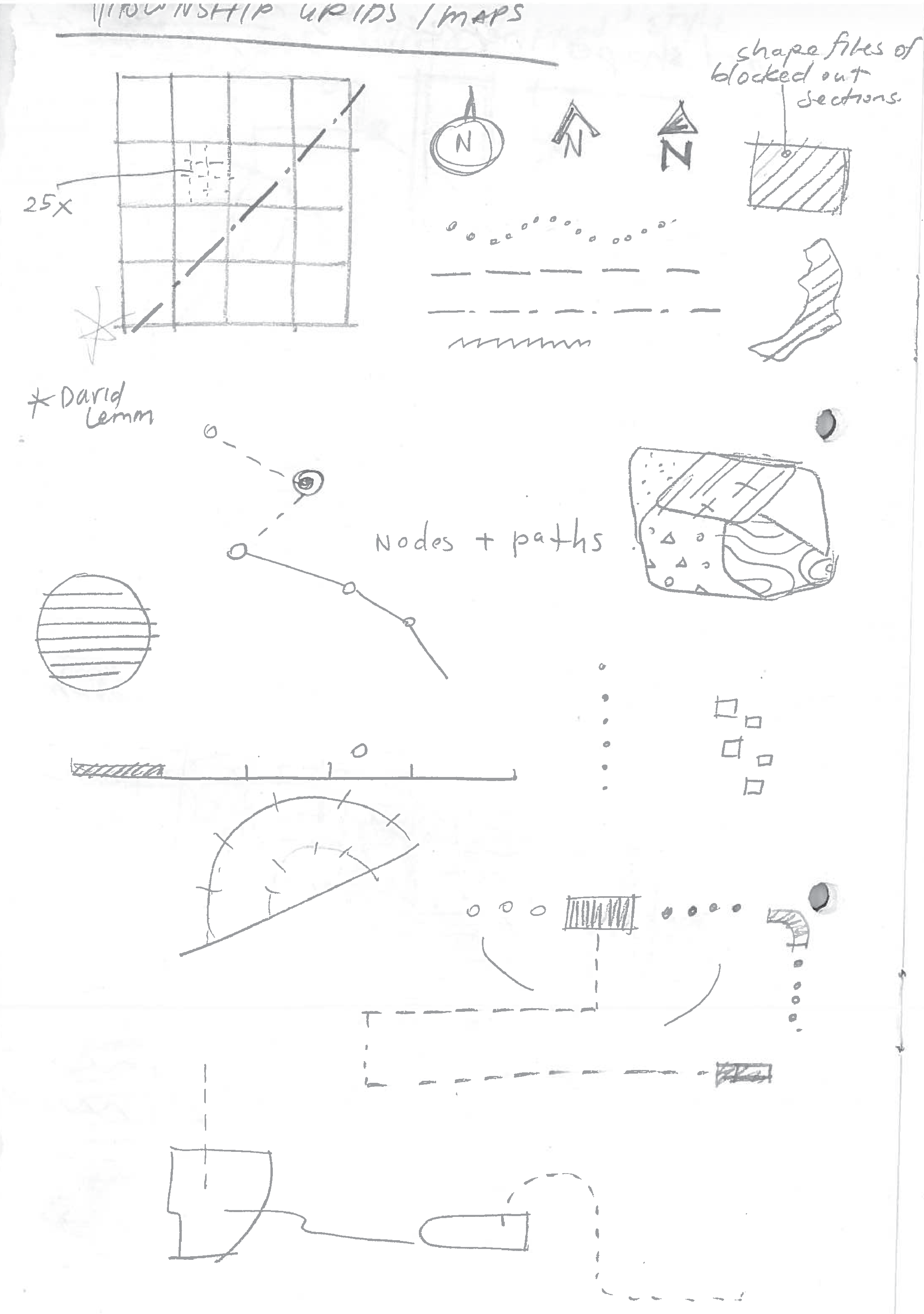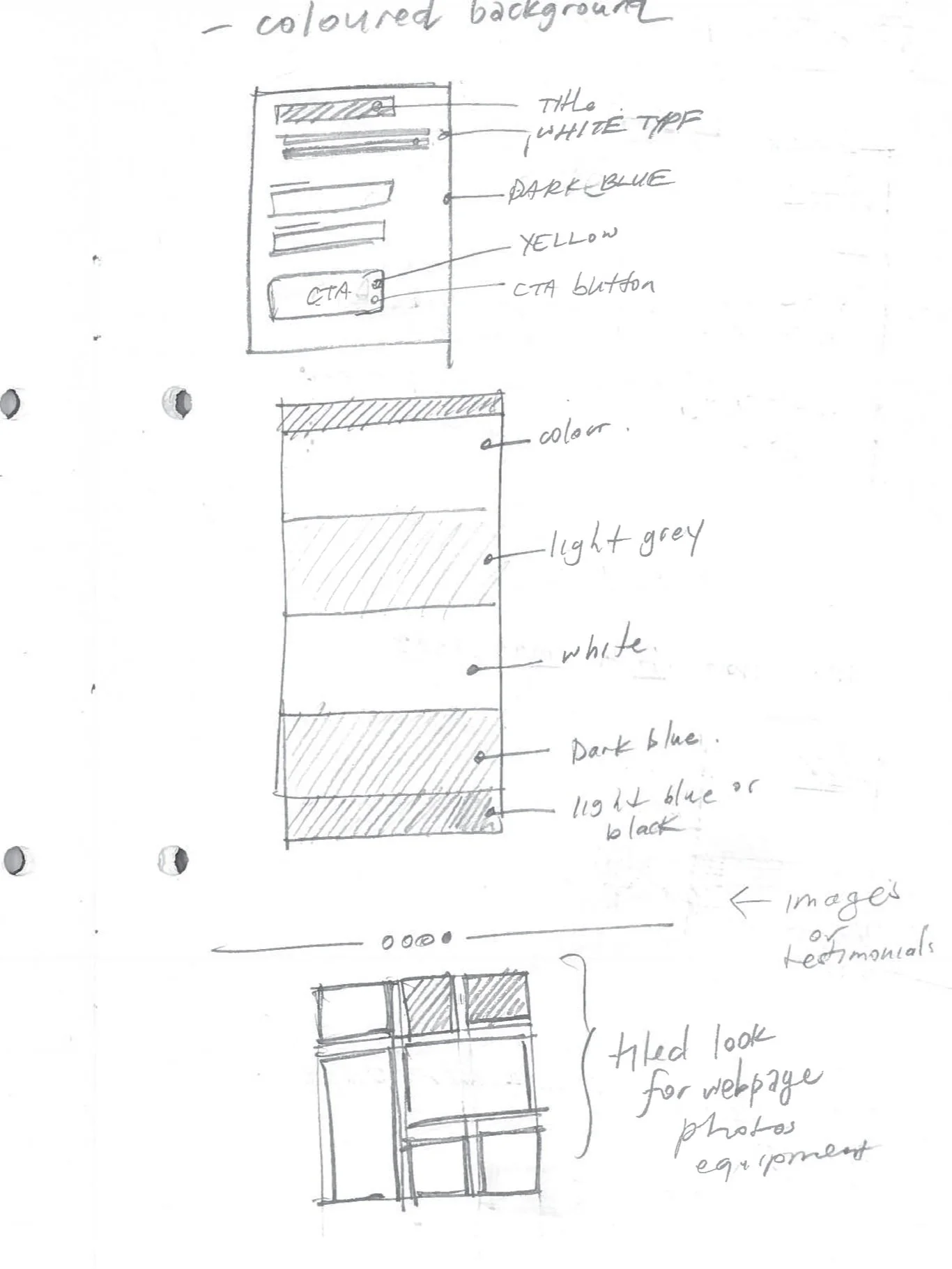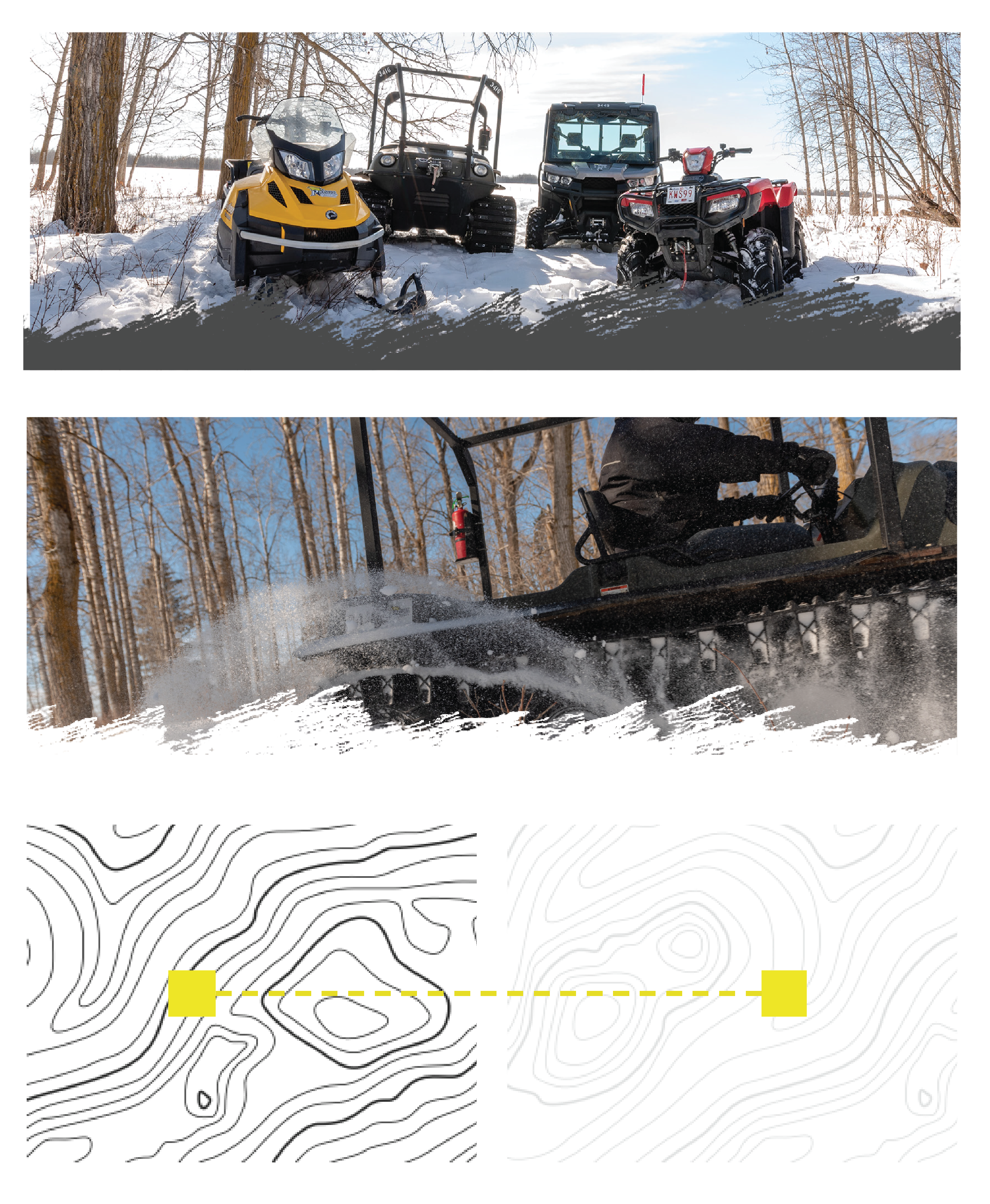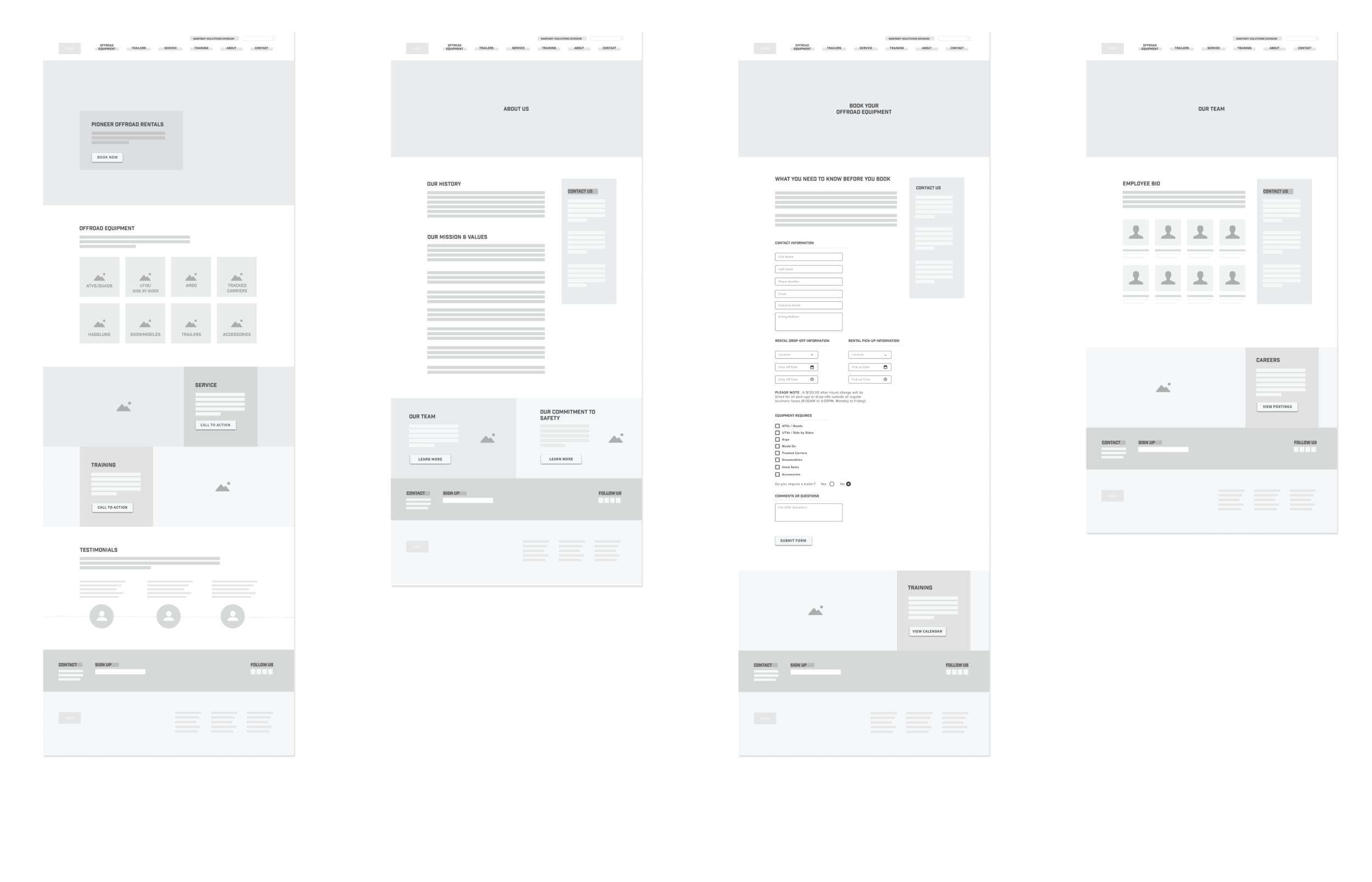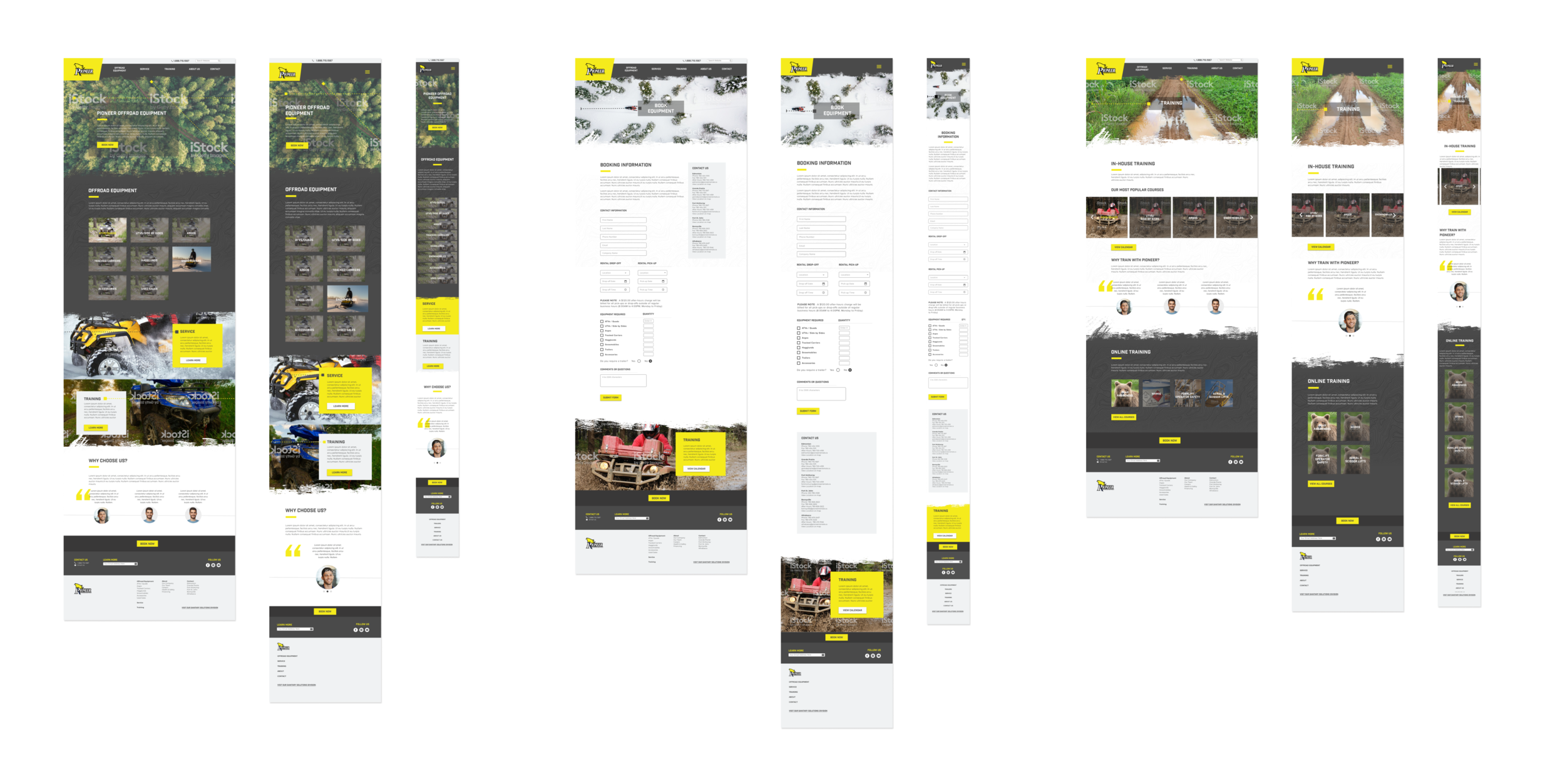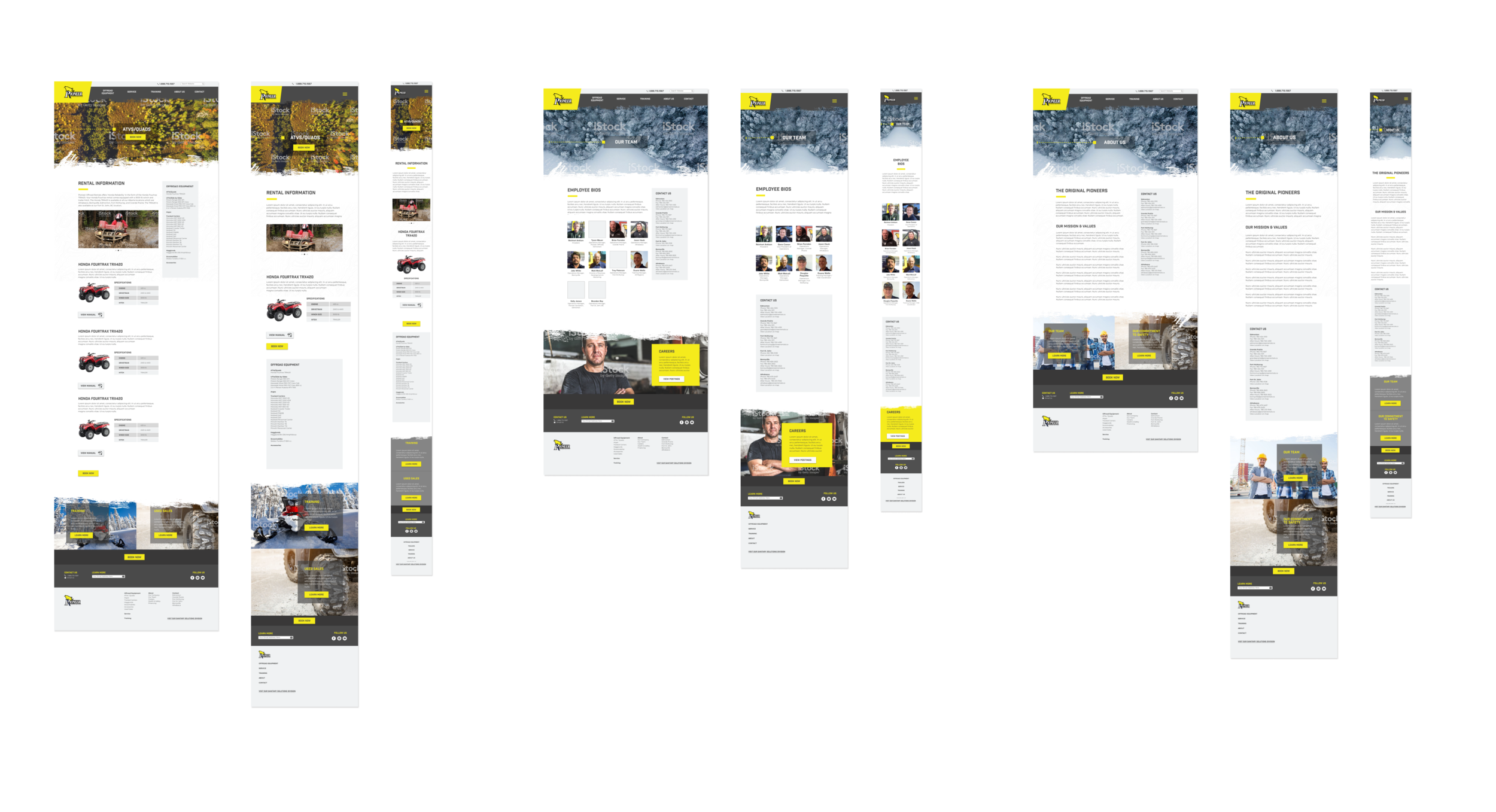Pioneer Rentals
Information Architecture Overhaul
Project Details
ROLELead UX Designer
@ Punchcard Systems
TYPE OF DESIGNInformation architecture and website re-design,
Visual re-brand
RESPONSIBILITIESUser research
Client interviews
Development of visual identity system
Site architecture re-design
Branding assets design
Wireframes & Final design
CLIENTPioneer Rentals, 2019
Background & Context
OVERVIEWPioneer Offroad Rentals is a premier Canadian provider of all-terrain vehicles and backcountry transport solutions, operating a fleet of over 800 offroad units. Their core business supports operations in environmentally sensitive and remote locations across Canada, serving industries that require durable equipment and deep logistical expertise in rugged terrain.
PROBLEMPioneer partnered with Punchcard to address critical usability and navigational issues on their existing marketing website. The legacy site suffered from poor information architecture, broken user flows, and a confusing hierarchy of links–frequently sending visitors in circles or re-routing them to incorrect destinations, such as unrelated contact forms.
The redesign effort called for more than just visual updates–it required a complete structural overhaul. As the Lead UX Designer on this project, I worked closely with my strategy team to create a new, user-centred site map. I also led the visual design effort by crafting a modern, responsive design system on their site and establishing an updated visual language that better reflected Pioneer’s brand identity.
Goals & Objectives
The website redesign for Pioneer Offroad Rentals was aimed at several key improvements: enhancing lead generation for the sales department, providing detailed information and specifications for the diverse range of equipment offered, and boosting customer engagement. Additionally, the project focused on updating and modernizing the website's design and branding to reflect a more contemporary aesthetic. A crucial aspect of the redesign was to simplify the reservation process, making it easier and more user-friendly for customers to book rentals.
Building a Design Language
Mood boards
After researching visual identities in similar industries and rugged, outdoor brands, I compiled several mood boards, which I presented to the client. They selected a combination that struck a balance between corporate professionalism and adventure, aligning with their identity as outdoor enthusiasts and professionals. The target audience was identified as 25-45-year-old environmental professionals from the corporate oil and gas sector, who require offroad equipment for remote and backcountry work. This feedback and additional insights propelled me to develop a unique visual style that effectively communicated Pioneer's message.
Moodboards
Developing the Brand
Drawing inspiration from the initial mood boards, I focused on themes of "ruggedness" and "machine/human versus nature" to shape the final design. Fortunately, my background as a Geomatics technologist in this field provided a deep understanding of the clientele’s interests and working conditions. This allowed me to leverage my network for further industry insights, enhancing the design process.
Sketches & Ideation
Wireframes
The completed wireframes were used as templates throughout the entire website. This helped to ensure consistency and aided users in navigation across the entire website.
Final Designs
Impact & Takeaways
The final website redesign exceeded client expectations—earning high praise from Pioneer Offroad Rentals and generating a strong sense of accomplishment across the team. This project was a standout success, particularly given the tight development timeline.
We overcame key challenges related to complex site architecture and responsive performance, thanks to clear communication and close collaboration between design and engineering. As the Lead UX Designer, I was given significant creative autonomy, allowing me to define a refreshed visual language and modern brand aesthetic that aligned with the client's values and user goals.
Working closely with front-end developers throughout implementation, I strengthened my understanding of how design systems translate into live interfaces, ensuring visual consistency and functional accuracy across breakpoints and components.



